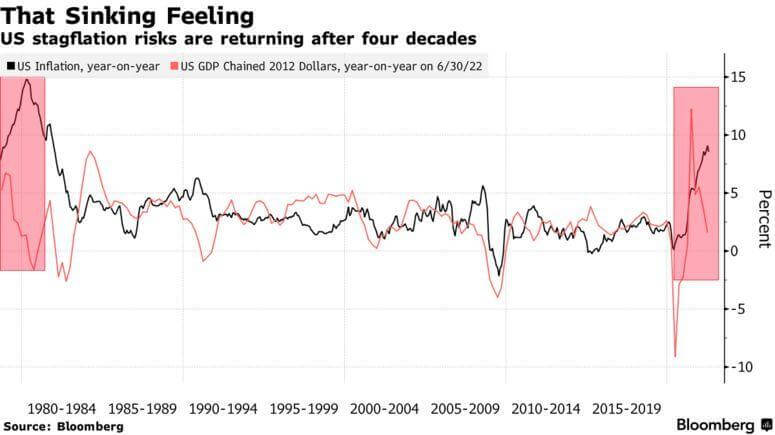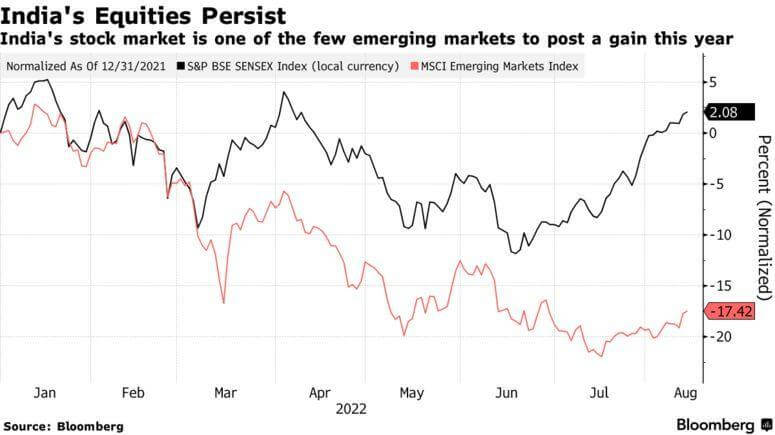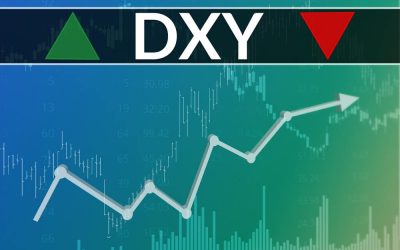
Article content
What you lose on the swings — you gain on the roundabouts
Accelerated growth spikes and monetary policy easing by central banks attract international investors, considering emerging assets as safe haven. The developed world, which has recently seen capital inflows, can now observe a completely different picture: portfolio managers are looking to diversify their portfolios outside the US and even more actively outside Europe.
The risks around the most robust economies are too significant.
Asian countries are more attractive. They are more likely to survive economic shocks with minimal losses. They even stand a chance of reaching new levels. It is precisely due to the non-standard (almost extraordinary) state of affairs in the global economy when the world’s major economies have weakened economically and pushed themselves into the confrontation with Russia and China, which suggests even more economic exhaustion ahead. Their potential losses in the global political arena could also be significant.
Wild inflation + Recession = Scary Mix
For the first time in a long time, investors in the US and other advanced economies are looking for a portfolio strategy that can beat both high inflation and recession at the same time.
No one knows where the current stagflation scenario will lead, but one thing is clear — the emerging market assets will be affected.
Stocks and bonds of companies of less developed countries have tumbled this year amid the Fed’s policy tightening and the consumer price growth and could theoretically face an even bigger sell-off.
Yet emerging economies have an antidote for stagflation: generally accelerated growth, accommodative policies, and acceptable inflation-adjusted returns. That could open up opportunities in any asset from Indian equities to Brazilian currency or Chinese bonds.
One way or another, stagflation will force investors to look for growth hubs, and emerging markets will be first in line, especially countries ready for weakening global demand. Countries with huge growing domestic markets, protecting their economies from the global recession and benefiting from it, could do better than others.
Graph. Stagflation risks. Inflation in the US and US GDP in dynamics. Source: Bloomberg.
America is cracking down
The probability of recession in the US has risen to 50%. And this is the second time since the 2008 financial crisis. Inflation in the world’s largest economy is now at its peak and could remain well above the 2% target until at least 2024. In the UK and other European countries, consumer prices also continue to rise, and increasing energy prices don’t suggest hope for improvement any time soon.
All this sounds like an unheard-of story for traders!
It is an unfamiliar ecosystem for the current generation of traders. Growth and inflation risks have been going hand in hand since 1982, and recessions usually drove economies to lower prices. This time, however, consumer indices and economic growth diverged, both getting worse and requiring an entirely new investment paradigm.
Heroes of Inner Growth
While stagflation in the US and Europe may hinder the development of an export-dependent economy, it may be beneficial for countries with strong domestic consumer demand and less dependence on Western markets. Countries that make their business in the domestic market could find the current situation rather favorable.
India seems to be a good example in this respect. In 2023, the country, which receives only 12% of GDP from export sales, is projected to grow faster than major economies.
The Indian stock market is one of the few, showing growth in 2022.
Graph. The Bombay Stock Market Index (BSE SENSEX) and the MSCI Emerging Markets Index dynamics. Source: Bloomberg.
Less globalization, please
Generally, the countries isolated from the Western world are more likely to attract investors. They are less vulnerable to imported inflation, have less need for foreign capital, or divergence in monetary policy.
Potentially promising economies include Indonesia, Malaysia, and Vietnam. Investors have already begun to favor dollar-denominated bonds in these countries, lowering their sovereign risk premiums to seven-, nine- and two-month lows, respectively.
The economies most protected from a negative demand shock are the net exporters of food and energy, the ones that are least dependent on foreign capital.
One man’s meat is another man’s poison
China’s appetite for a more adaptive monetary policy has been a hot topic for international investors since the beginning of the year, and it could get even more compelling.
The falling factory-gate inflation, the collapse of the real estate sector, and a faltering recovery from pandemic epidemics are forcing policymakers to stick to further monetary easing.
China’s central bank did just that, cutting its annual lending rate by 10 points to 2.75% in August, the first key rate cut since January. Some analysts are now calling for a further rise in Chinese bonds as the July easing measures are not likely to be final for the People’s Bank of China.
Some, though not all, emerging markets have the potential to outperform monetary easing expectations if stagflation hits developed countries more severely.
China, a key engine of emerging markets, could set a unique precedent in pursuing a policy contrary to that of the western world.

High yield advantage
Brazil is a country in Latin America that is generally, as elsewhere, despondent about continued inflation and constrained growth due to the forced monetary tightening. However, the nation’s consumer price growth eased in July, pushing the country’s yield to 3.68 pp, the highest inflation-adjusted rate, Bloomberg reports.
With stagflation likely to leave most countries with poor rates, Brazil’s yield level is a potential benefit for carry traders.
China and Vietnam could also reap positive returns, giving their economies an edge.
But all this does not mean that emerging markets are immune from stagflation. They also face risks. But still, it seems to be the only place for investors to get at least some positive growth and profitability.
The global stagflation shock could reach any market, but since stagflation risk is a combination of several floating risk components, emerging market opportunities might help hedge against the primary threats.
Hedging inflationary risks when cash is depreciating
The only opportunity available to everyone is buying cheap and selling high. You can subscribe to the AMarkets Telegram channel and take advantage of ready-to-use trading ideas!
Investment insights and trading tips are also published daily. Good luck with your trading!








